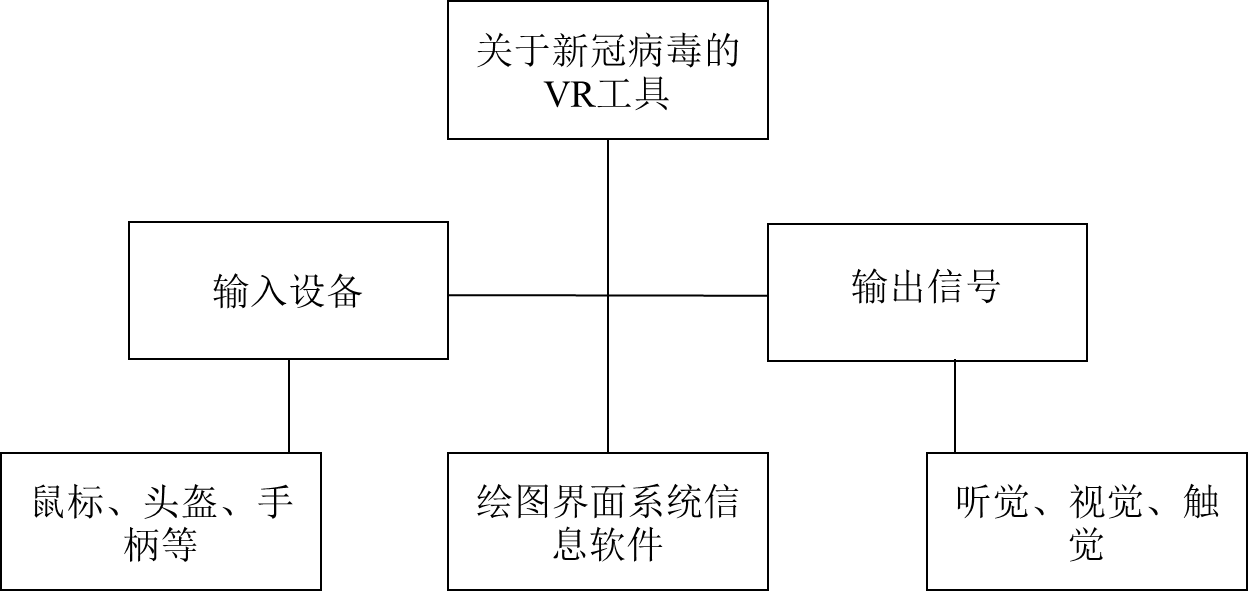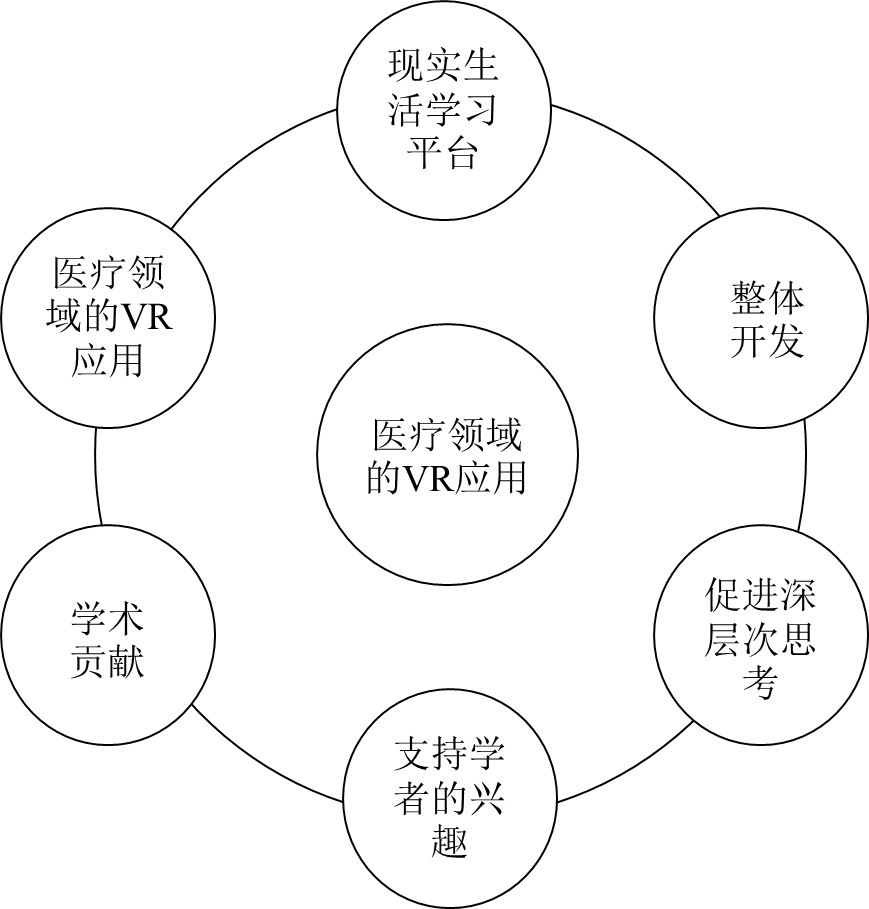Virtual reality in the COVID-19 pandemic - Dr. Hwanja
2021-11-09
Abstract: During the COVID-19 pandemic, researchers used innovative virtual reality (VR) technology to end the impact of the pandemic. Virtual reality (VR) has also played an important role in combating the epidemic through audio-visual virtual communication. Virtual reality and Novel Coronavirus were used to study virtual reality technology and its application in the COVID-19 pandemic. Virtual reality technology has increased awareness of the disease and also facilitated telemedicine exploration, planning, treatment and infection control. VR technology has developed a platform to reduce face-to-face interactions between doctors and COVID-19 patients, helping to improve understanding of the current situation.
Key words: Novel Coronavirus; COVID-19; Virtual reality
1 the introduction
Virtual reality (VR) is defined as developing expertise in simulation. In 1994, the first modeling language based on virtual reality was proposed and applied to humanized virtual worlds. This technology offers a wide range of applications, such as medical training, video games, and military applications. In addition, virtual reality is a simulation using computers and communication equipment. The main components of virtual reality development are input tools, output devices and graphical interface software [1-2].
The first virtual reality-based environment for surgical learning and processing originated in the 1990s, and the report says virtual reality is a very cost effective method that allows medical learners to identify and minimize errors that occur at any stage of their learning. In the 20th century, the concept of virtual reality was further applied to physical rehabilitation cases, which again proved to be a high-quality and efficient method [3-4]. In recent years, the concept of virtual reality has been widely used in the field of health and has been effectively applied to various diseases. Healthcare in virtual environments provides the realization of all the structures of virtual reality activities, such as: cycles, rigor, feedback types, etc., depending on the individual's treatment type and ability.
In the current situation of COVID-19 pandemic, virtual reality can play a role in healthcare related applications, so it can be effectively used to solve or deal with many problems currently emerging [5-6]. The introduction of the virtual reality concept will also help provide beneficial learning for COVID-19 healthcare workers, which will ultimately improve the efficiency and accuracy of healthcare services throughout the coronavirus disease pandemic. The benefits of virtual reality discussed can play a vital role in actively and effectively addressing cases during the COVID-19 pandemic. Figure 1 shows the tools necessary to properly implant a COVID-19 virtual reality approach.

Figure 1 Application of virtual reality technology in Novel Coronavirus
Overview of virtual reality concept
Providing health care-related education has been one of the most important applications of virtual reality in medicine over the past decade. Fracture structure learning, overall skill development of residents, concern for patient safety and care, ethical perspectives, research support for medical scholars, etc., are all done through virtual reality technology. The simulation-based teaching concept further enables this strategy to explore more new applications in the real world. Virtual reality technology has tried some successful practices, such as invasive hemodynamic observation, ventilation treatment, medical education issues, etc. [7-8].
In practice, virtual reality systems have VR headsets or multiple projection devices that enable users to feel, perceive and interact with the lifelike atmosphere created, which is very helpful for learning and dealing with real-time problem cases. Classic virtual reality incorporates sound and video responses, but may also allow for other kinds of sensory responses by adopting a haptic approach.
The learning of medical practitioners can also be improved and developed through virtual reality technology [9-10]. The main benefits of vr-based learning for medical field scholars are shown in Figure 2.

FIG. 2 Advantages of VR in education and healthcare
3 the application of virtual reality in COVID-19
The concept of virtual reality has proven to offer a range of applications for healthcare and is appealing to medical practitioners by offering a variety of uses in the core areas of healthcare and therapy. The concept and process of virtual reality can help mitigate the impact of COVID-19.
3.1 Medical training
Proper and effective training of COVID-19 health care workers can familiarize doctors with actual cases and situations to deal with. Virtual reality provides doctors or medical staff with the ability to withstand and practice all the most complex cases, supporting them with accessibility similar to real patient processing. This support creates a more similar environment in which doctors and health workers can learn faster and more actively to deal with problems with care and appropriate learning. In this way, the collaboration called Medical Reality is actually leveraging virtual reality culture and aims to provide high-quality training for surgical case management. It ultimately leverages and provides an interactive and immersive experience.
3.2 Patient education
The impressive facilities, used and provided using virtual reality methods, educate not only health workers but also their ultimate beneficiaries, namely patients. This theme also increased patient satisfaction, while also providing doctors with great job satisfaction. In surgery-based treatment, the benefits are multiplied.
3.3 Psychiatric and psychological treatment
Virtual reality has also proved to be a powerful tool in the extreme cases of psychobehavioral difficulties. These patients also experienced some psychological and physical distress after experiencing extreme stress such as COVID-19. In these cases, the VR approach can also become very helpful and meaningful.
3.4 Physical therapy for pain
In addition to being based on surgical treatments and psychosomatic cases, virtual reality has also proven superior in dealing with discomfort and physical therapy. Virtual training and learning atmosphere to help patients recover faster. This ultimately reduces overall recovery time and improves patient satisfaction.
4 existing problems and future development
Some of the technologies in the report are well proven, but some of them are still in their infancy. In the coming years, virtual reality methods will face greater challenges and competition in terms of effectiveness, accuracy, economic facts, etc. In a real database environment, applying these virtual reality theories and facts often requires more creativity and acuity. There are reports that the concept of virtual reality is exploring its own market in essential healthcare, especially in the current pandemic situation. It also shows the importance of leveraging VR to address key issues emerging from the current COVID-19 pandemic.
5 conclusion
The concept of virtual reality has been widely used in the health sector and has made effective recommendations in various diseases. This approach offers a wide range of advantages in defending against and responding to the current COVID-19 pandemic by improving the skills, confidence, performance and overall attitude of healthcare workers. The functionality provided has significant improvements in continuous learning and case processing strategies. Properly implemented, researchers, doctors, governments, and academics can create a healthier climate to compete with the disease. The concept of virtual reality includes improving the accuracy and effectiveness of actions taken across the board, improving work capacity, trained medical staff and more, which effectively respond to the ongoing COVID-19 outbreak.
6 References
[1] Jiang Xuezhi, LI Zhonghua. Research Status of Virtual Reality Technology at home and abroad [J]. Journal of Liaoning Technical University,2004(02):238-240.
[2] Zou Xiangjun, Sun Jian, He Hanwu, ZHENG Detao, Chen Xin. Evolution and Prospect of Virtual Reality Technology [J]. Journal of System Simulation,2004(09):1905-1909.
[3] Han XU. Research on virtual rehabilitation landscape for depressed elderly [D]. Wuhan University,2016.
[4] Li Xin, Shan Wenchuan, Lu Chengjun, Zhu Ji. Application of virtual reality technology in thoracic surgery teaching [J]. Medical Education Research & Practice, 201,29(01):48-51.
[5] Su Wenjun, YAN Wenjie, Jiang Chunlei. Application of virtual reality technology in stress medicine teaching [J]. Medical Education Research & Practice, 201,29(01):45-47+51.
[7] Gong Lulu, SHI Hanxi, Zhang Chengwei, GUO Yangyang, LIU Xinlei. Modern Vocational Education,2021(06):62-63.
[8] Jin Jianfen, Lu Jun, Yu Mengying, Zheng Beibei, Li Yimin, Ning Li, Tang Amou, Wu Qingqing, Wang Chaoqun. Application of virtual reality technology in cardiac rehabilitation patients [J]. Chinese Journal of Nursing, 201,56(02):206-211.
[9] Zhu L L, Guo L, Li Y. Application and prospect of virtual reality technology in healthcare [J]. Information & Computer (Theory Edition), 201,33(04):10-12.
[10] ZHANG Zhichang, Lou Yan. Research and Practice of Medical Education, 201,29(02):190-194+215.
